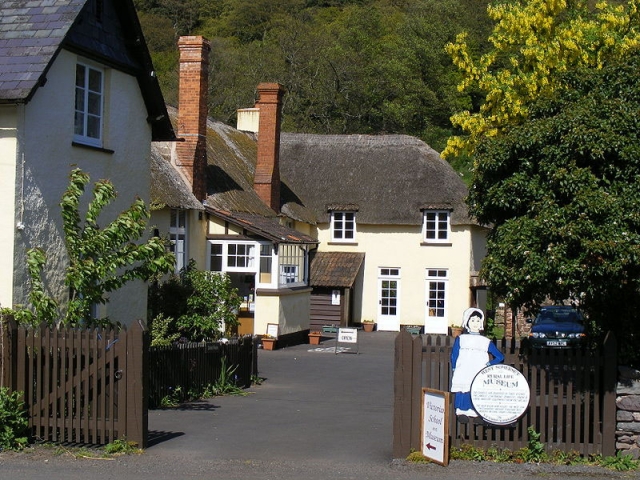Reading documents exemplar: Victorian school advertisement
Exemplar

This was a class of 8- and 9-year-olds' first encounter with an historical document. I explained that we were going to have to be very clever: we were going to try to read something which was written over 170 years ago, and people didn't use quite the same language then as they do now.
We distributed the document, 'Eastbrook School for Infants'. I read it aloud, to ease the pain of the children's first encounter with a page of turgid Victorian prose, while they followed the text. Now we turned to teasing out the meaning of the document.
What's this all about? What is it? I asked.
John put up his hand. "A very hard piece of writing, Miss."
The next volunteer, Sarah, pronounced: "It's an advertisement."
The next 20 minutes were spent teasing out the meaning of the document.
The first specific question I asked about the document was:
What ages were the children in this school?
I chose this deliberately as the starter question, as the children were obviously intimidated by the text. I knew that they would succeed in reading the children's ages and therefore gain confidence. The pattern of questions which enabled the class to understand the document's meaning, purpose and context was as follows.
What ages were the children?
An easy initial textual question to allow the class to broach the document successfully.
So, what kind of school was it? Was it like ours?
To establish a mental picture of the school in the children's minds, through stimulating them to search the document for clues.
- What did the school say it was going to teach the children? *
Focus on the curriculum, both as basis for later comparison with today, and to lead on to thinking beyond the text to social reasons.
Why, do you think, the school taught these topics?
An open question to encourage speculation.
What kind of people is this advertisement for?
This led to a discussion to clarify the meaning of 'the labouring classes'. We held a quick poll to see how many of the children had both parents working - taking care over children who did not have or live with both parents. Most did, but the label has changed, and for all classes work is now the norm for both sexes. Further discussion followed about who looks after their pre-school brothers and sisters.
Sarah spotted that this was an advertisement, and adverts try to sell us things.
- Is this advert doing trying to sell us something? How?
- Analysis question. (The children picked up the promise to teach religion and obedience, and also the 'keep them off the unsafe streets' argument.)
Why should running about the streets endanger the children's health?
Again, a question to encourage hypothesising, extrapolation, and comparison with the situation today. (A long discussion ensued, about early Victorian town streets, labourers' homes, and communal toilets. Several children remembered outside toilets at the homes of older family members).
Throughout the discussion, the only two words the children needed explaining to them were 'benefactor' and 'morals'.
Attached files:
- Eastbrook School Advert
54.1 KB PDF document

